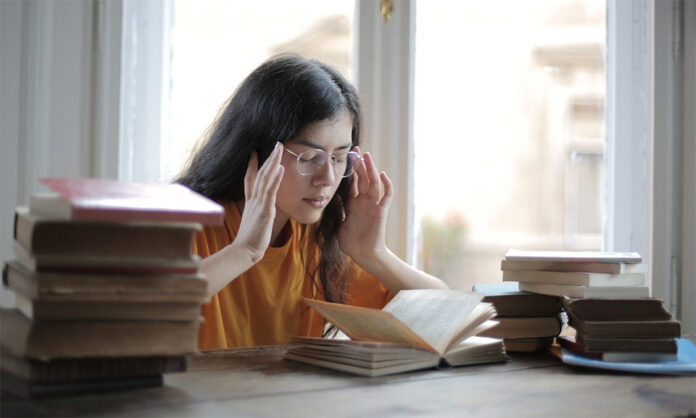[ad_1]
Market Volatility
If you’ve ever experienced a migraine, you’ll know just how debilitating they can be and how the simplest tasks become impossible until the episode is over. Migraines are still relatively misunderstood and identifying your trigger can be difficult whether it be related to food, sleep or even stress.
Lighting can also be a trigger to migraines and exposure to light can be very uncomfortable during an episode. This could be caused by the brightness, colour temperature or flickering. Light sensitivity, called photophobia limits your ability to carry out routine life tasks such as driving, reading or even cooking. It can leave sufferers looking for refuge in a dark room and just waiting it out.
To delve deeper into how lighting affects migraines, let’s look at why lighting sensitivity occurs first.
It’s also worth noting that lighting sensitivity affects other medical conditions besides migraines including traumatic brain injuries, tension headaches and cluster headaches.
Why does light sensitivity occur?

Until recently, why lighting sensitivity affects migraines was a mystery until 2015 when a study came out in the Journal of Neuroscience that found that pain and visual pathways meet in the brain causing pain to worsen when light levels increase. This is not limited to lighting from light bulbs and can also come from sunlight, TVs, glare from snow and mobile phone or computer screens. The brighter the light, the greater the discomfort that may be experienced. It is a neurological issue that involves communication between the receptors in the eye and brain.
There is some evidence that specialised tinted eyewear can help treat photophobia.
Does the colour of light matter for migraines?

The wavelength of colour of the light does seem to play a role is the discomfort experienced during a migraine. There is some evidence that a specific type of green lighting can help alleviate some migraine pain. It’s probably not realistic to switch all your bulbs to green but it’s worth a mention.
Beyond that, it seems that lights with a blue hue seem to worsen migraines and headaches. Warm colours like red and orange (warm lighting) have a low wavelength on the visible light spectrum compared with cool colours like blue / purple.
Soft, warm white lights are typically around 2700 kelvins in colour temperature which emit a smooth and yellow light. These have fewer blue elements than a cool white and daylight light.
Daylight bulbs generally fall between 5000k and 6500k and are heavy on the bright and blue side which is likely to worsen migraine symptoms.
What is the best lighting for migraines?
Given the data we have on lighting and migraines, the ideal light bulb would be LED, specifically a dimmable LED bulb in a warm white colour output.
Using a dimmable light bulb allows migraine sufferers to have greater control over the level of light brightness which can provide some relief. When using a dimmable LED light bulb, ensure that you have an LED compatible dimmer.
Halogen light bulbs are also a great choice as they are always warm white (2700k) and dimmable while being very affordable.
CFL (fluorescent light bulbs) need to be avoided as they flicker and pulse rapidly which you cannot see with the naked eye but the brain is still receiving the pulsing signals from the eye which can trigger headaches, eye strain and migraine attacks.
The post How does lighting affect migraines? appeared first on The Lightbulb Co. UK.
[ad_2]
www.thelightbulb.co.uk










